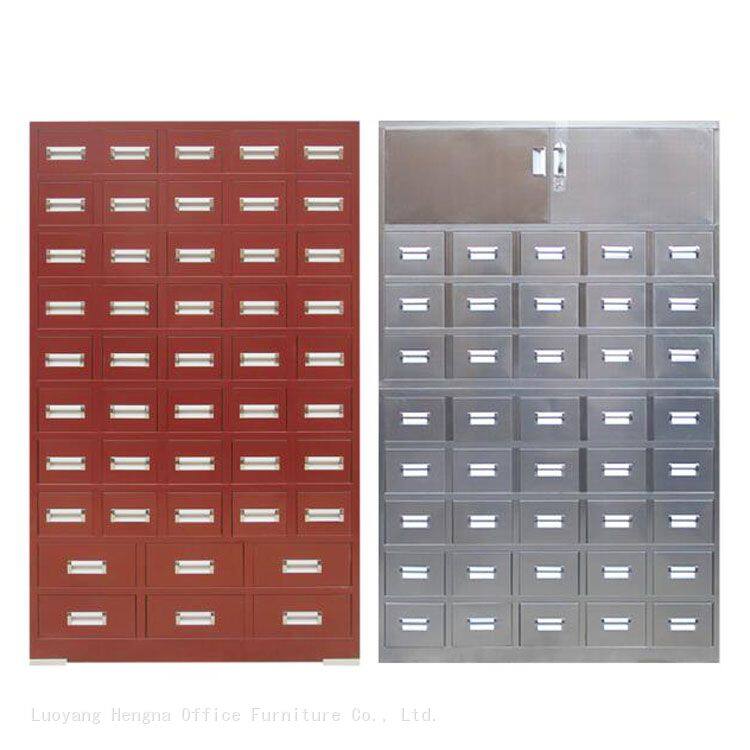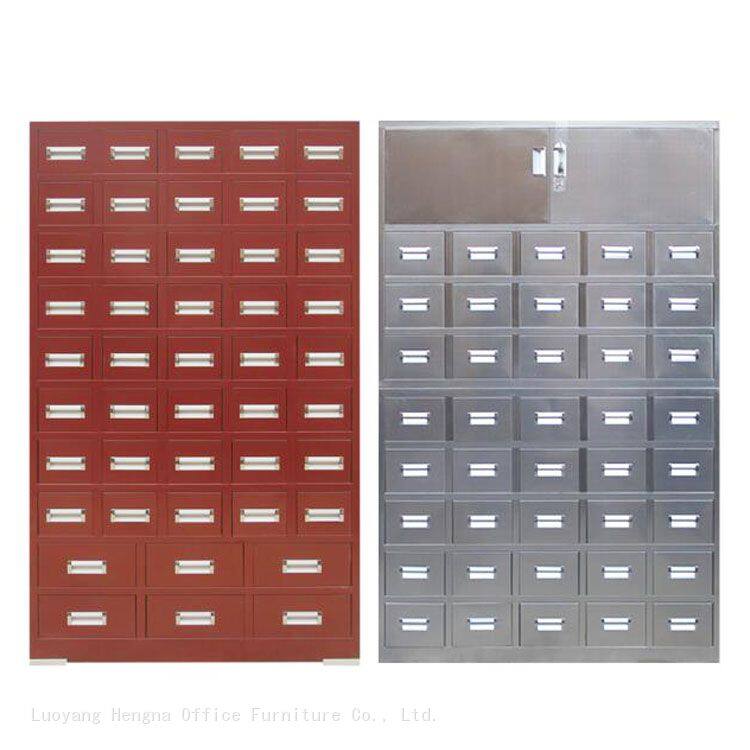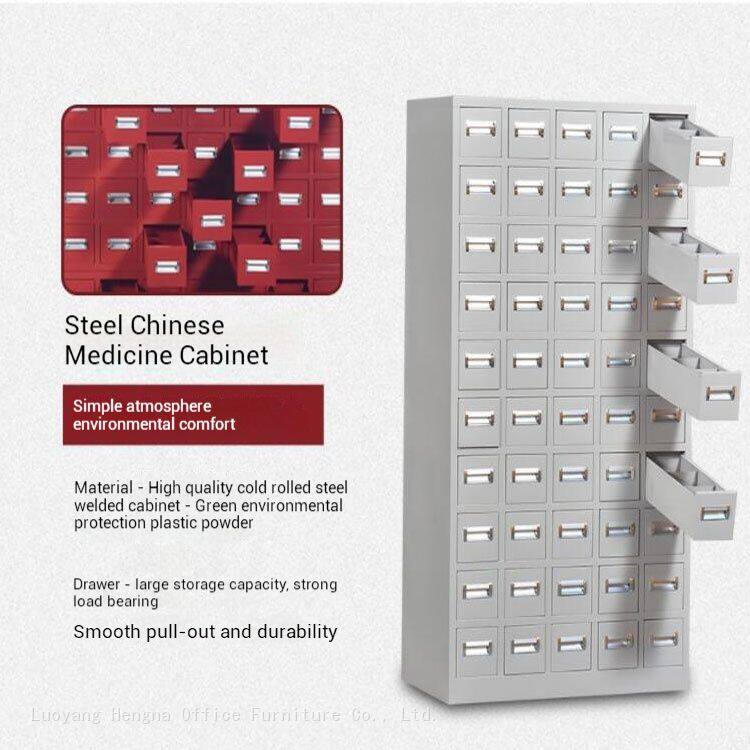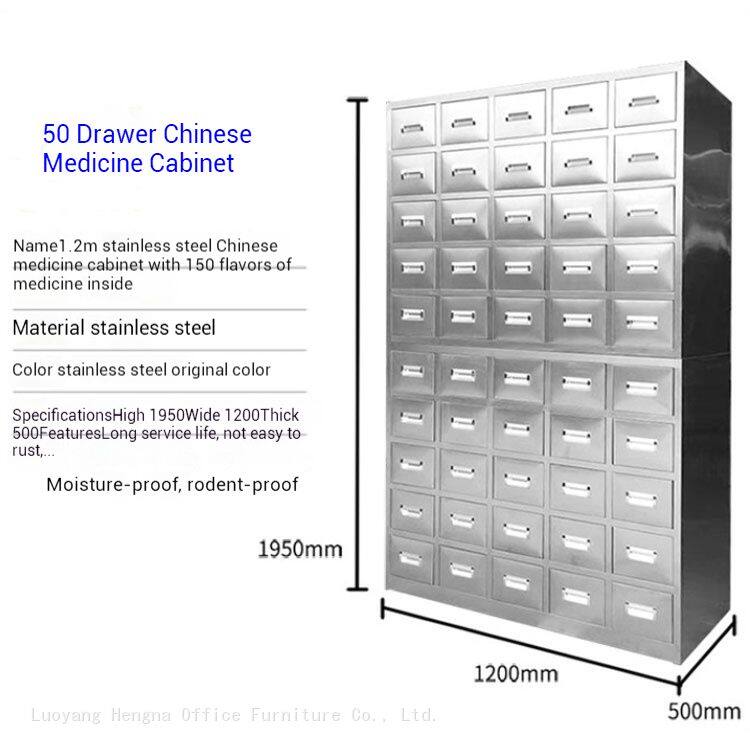-
 Sarah
Hi there! Welcome to my shop. Let me know if you have any questions.
Sarah
Hi there! Welcome to my shop. Let me know if you have any questions.
Your message has exceeded the limit.

Stainless Steel vs Wooden Herbal Cabinets: The Ultimate Durability & Hygiene Showdown
2025-10-23 16:55:21
In the world of herbal medicine storage, the choice between stainless steel and wooden cabinets isn’t merely aesthetic—it’s a critical decision that impacts product integrity, operational efficiency, and long-term costs. As pharmacies and herbal dispensaries increasingly prioritize durability and hygiene, stainless steel cabinets have emerged as the superior solution. This comprehensive comparison examines why stainless steel outperforms wood in the most crucial aspects of herbal storage.
Durability: The Foundation of Reliable Storage
When it comes to withstanding the demands of busy pharmaceutical environments, stainless steel cabinets demonstrate unparalleled resilience:

Stainless Steel Advantages:
Corrosion Resistance: Withstands constant exposure to humidity, cleaning chemicals, and herbal oils without degradation
Structural Integrity: Maintains shape and function even after decades of heavy use
Impact Resistance: Survives bumps, drops, and daily wear without denting or cracking
Temperature Tolerance: Performs consistently in environments ranging from -40°F to 140°F
Wooden Cabinet Limitations:
Prone to warping, cracking, and splitting over time
Vulnerable to moisture damage that compromises structural integrity
Requires frequent repairs and reinforcement
Typically lasts only 5-8 years with regular use
Real-World Evidence: A 10-year study of 50 pharmacies showed stainless steel cabinets maintained 98% of their original functionality, while wooden cabinets required replacement or major repairs within 6 years on average.
Hygiene: Non-Negotiable in Medical Storage
The hygienic properties of storage materials directly impact herb safety and regulatory compliance:
| Hygiene Factor | Stainless Steel | Wood |
|---|---|---|
| Porosity | Non-porous (bacteria-resistant) | Porous (absorbs contaminants) |
| Cleanability | Wipes clean instantly | Requires scrubbing; retains stains |
| Sanitization | Withstands harsh disinfectants | Damaged by chemical cleaners |
| Bacterial Growth | Inhibits bacterial colonization | Can harbor bacteria in grain |
| Regulatory Compliance | Exceeds FDA/USP standards | Often fails modern inspections |
“After switching to stainless steel, our contamination-related recalls dropped to zero. The health department now uses our facility as a model for others.” — Pharmacy Director, Massachusetts
Moisture & Pest Resistance: The Silent Protectors
Herbal products are particularly vulnerable to environmental threats. Here’s how the materials compare:
Stainless Steel Defense System:
Moisture Barrier: Seamless construction with welded joints prevents humidity penetration
Pest Impenetrability: Solid steel with no organic material for pests to consume
Mold Prevention: Non-absorbent surfaces eliminate conditions for fungal growth
Chemical Resistance: Won’t react with herbal compounds or cleaning agents
Wood Vulnerabilities:
Absorbs moisture, promoting mold and mildew growth
Provides food source for termites, rodents, and insects
Requires chemical treatments that can leach into herbs
Develops cracks and crevices where pests nest


The Verdict: Stainless Steel Wins the Showdown
For pharmacies and herbal dispensaries committed to quality, safety, and efficiency, stainless steel cabinets are the clear winner. They deliver:
Superior Protection for valuable herbal inventories
Regulatory Compliance that passes the strictest inspections
Operational Efficiency with minimal maintenance requirements
Financial Savings of over 40% compared to wood over 15 years
The initial investment in stainless steel pays dividends through decades of reliable service, protected products, and peace of mind. For facilities where herb quality and patient safety are paramount, stainless steel isn’t just the better choice—it’s the only responsible choice.
Tags: Stainless Steel vs Wooden Herbal Cabinets

